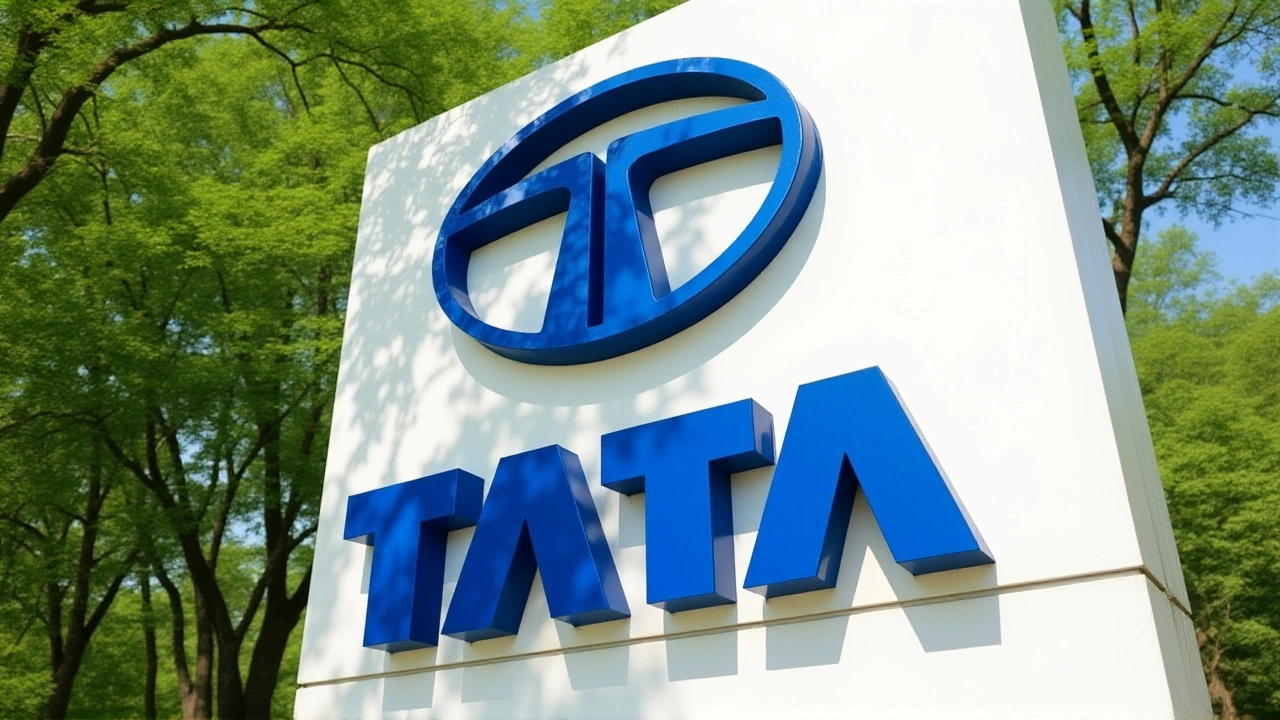When dealing with commercial vehicles, heavy‑duty trucks, vans, and buses that businesses use to move goods and people. Also called fleet trucks, they form the backbone of modern logistics networks. A single commercial vehicle can carry tens of tonnes, connect factories to retailers, and keep cities running. That's why understanding how they work matters to anyone who ships, sells, or services a product.
One of the biggest side‑effects of a growing fleet is the need for fleet management. Companies rely on telematics, route‑optimization software, and real‑time maintenance alerts to keep costs low and uptime high. In practice, a good fleet manager turns raw vehicle data into savings on fuel, reduced wear‑and‑tear, and better driver safety. The process also links directly to diesel engines, which still power the majority of long‑haul trucks, even as stricter emission rules push manufacturers toward cleaner tech.
Enter electric trucks. These silent workhorses are reshaping how businesses think about total cost of ownership. With lower energy costs per kilometre and fewer moving parts, electric commercial vehicles promise to cut operating expenses by up to 30% over a decade. Yet the shift isn’t just about dollars; it also affects logistics planning. Charging infrastructure, range limits, and load‑weight considerations create new variables for route planners and fleet supervisors. The result is a fresh set of challenges and opportunities that the industry is still learning to balance.
Regulatory pressure adds another layer. Governments worldwide are tightening emission standards, which forces owners of diesel‑powered commercial vehicles to invest in retrofits or replace fleets sooner than expected. This policy push creates a clear semantic link: commercial vehicles → require → compliance solutions; diesel engines → face → stricter limits; electric trucks → offer → a path to compliance. Each of these triples illustrates how the core entity interacts with its surrounding ecosystem.
Beyond technology, the human factor matters. Drivers need training on new electric platforms, mechanics must learn battery diagnostics, and managers have to rethink scheduling around charging windows. The shift also opens niche markets for after‑sales services, battery leasing, and renewable‑energy partnerships. That’s why articles about commercial vehicles often touch on finance, sustainability, and workforce development – all pieces of a larger puzzle.
Below you’ll find a curated collection of recent news, analysis, and expert commentary that covers everything from IPOs that could finance fleet upgrades to policy changes affecting diesel use. Whether you’re a fleet owner, a logistics planner, or just curious about how trucks are evolving, the posts ahead give you actionable insights and a glimpse of where the road is headed.

Tata Motors' announced demerger into passenger and commercial vehicle entities slashed its share price 40%. Analysts forecast separate valuations and outline investor steps.
READ